Using molecular biology-based approach with artificial intelligence can predict a rise in toxic algae at least four weeks earlier than established methods
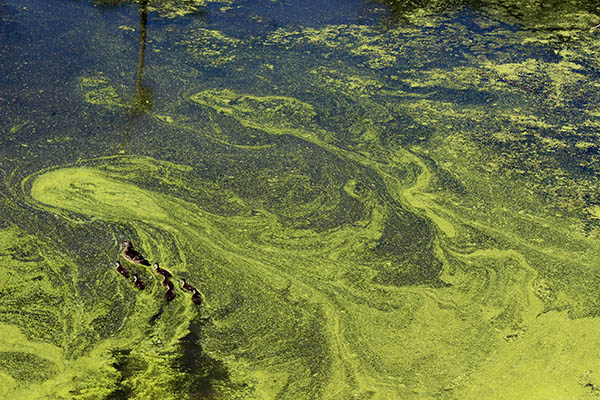
The National Oceanography Centre (NOC) has developed a new scientific approach to be used alongside artificial intelligence (AI) to test for toxic algae that can result in severe and fatal sickness in humans. The method can predict a rise in toxic algae at least four weeks earlier than the microscope method.
The study, which was published in Harmful Algae, highlights the benefits of using the new methods to predict harmful algal blooms in marine populations, designed to enable local authorities to mitigate the risks to both people and wildlife.
NOC scientists tested water over a six-month period from September 2021 until March 2022 in St Austell Bay in Cornwall, renowned for its production of oysters, mussels and clams and is a well-known hotspot for toxic marine algae. The plant periodically blooms near seafood production areas, which can lead to the potential contamination of seafood. If this is consumed, it can result in debilitating and sometimes fatal syndromes that attack the gut and nervous system.
Working in collaboration with Cornwall Port Health Authority, the University of Glasgow, the University of Exeter and the Centre for Environment, Fisheries and Aquaculture Science (Cefas), scientists tested water for the DNA of a species called Dinophysis accuminata in three seafood production sites: Porthallow, Mevagissey and Ropehaven. Dinophysis produces a toxin called okadaic acid, which attacks the digestive system and can cause severe pain and sickness.
The standard method of identifying this toxin involves the observation of water samples under a microscope and using a very skilled “taxonomist” to identify the toxic cells and count them. This approach is time-consuming and expensive, so NOC adopted new methods: using molecular biology to identify and count genetic sequences in a fraction of the time and with far greater sensitivity and accuracy.
Can machine learning using climatic pattern data help predict harmful algal blooms earlier?
“We’re embracing the move to genetic testing methods coupled with AI, as it’s an incredibly important scientific tool that can help UK businesses mitigate health risks in seafood production,” said Dr. Jonathan McQuillian, a molecular biologist at NOC. “This is the first example of this approach being used alongside the UK’s statutory algal surveillance program, and this breakthrough further pushes for the adoption of DNA testing in early warning systems.”
This new molecular biology-based approach has enabled NOC’s team to identify the same trend as the microscope-based method and was able to predict a rise in toxic algae at least four weeks earlier than the microscope method. The molecular testing was used to inform the validity of an AI-based model for predicting Dinophysis blooms, developed by the University of Glasgow and the University of Exeter.
“DNA testing is still relatively new technology with clear advantages over traditional microbiological testing methods, which should reassure the public that the stringency and standards of testing food and water supplies for harmful microbes are utilizing the very latest technology,” said McQuillian.
Further development of these methods, particularly their integration with ocean-deployed sensors or handheld testers, will revolutionize the way in which the UK monitors biohazards, not just in the marine sector, but also across healthcare, military, and industrial industries.
Now that you've reached the end of the article ...
… please consider supporting GSA’s mission to advance responsible seafood practices through education, advocacy and third-party assurances. The Advocate aims to document the evolution of responsible seafood practices and share the expansive knowledge of our vast network of contributors.
By becoming a Global Seafood Alliance member, you’re ensuring that all of the pre-competitive work we do through member benefits, resources and events can continue. Individual membership costs just $50 a year.
Not a GSA member? Join us.
Author
Tagged With
Related Posts
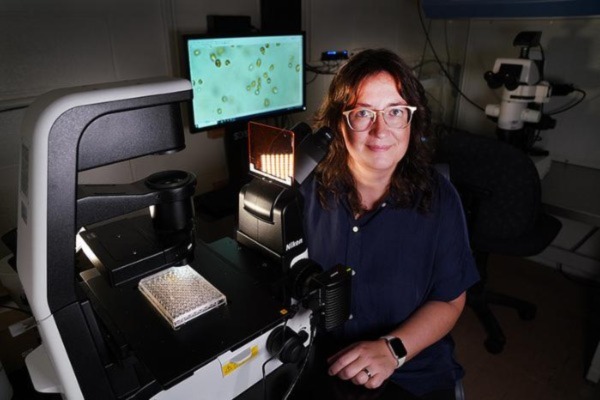
Intelligence
Is the key to predicting harmful algal blooms found in genetics?
New research into the genetic diversity of Prymnesium parvum could help predict when harmful algal blooms will occur.
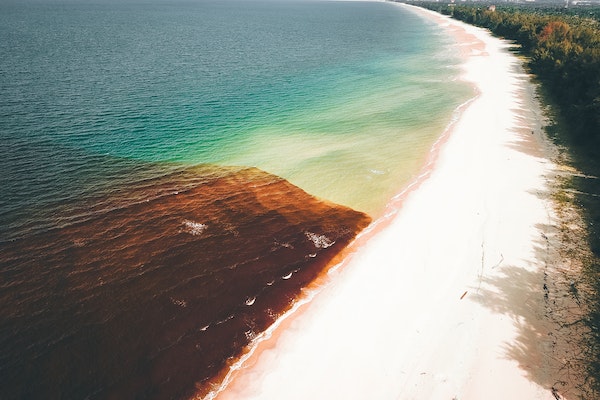
Intelligence
FAO issues ‘roadmap’ for early harmful algal bloom warning systems
Document provides guidance to implement or improve early warning systems for harmful algal blooms that threaten seafood and public health.
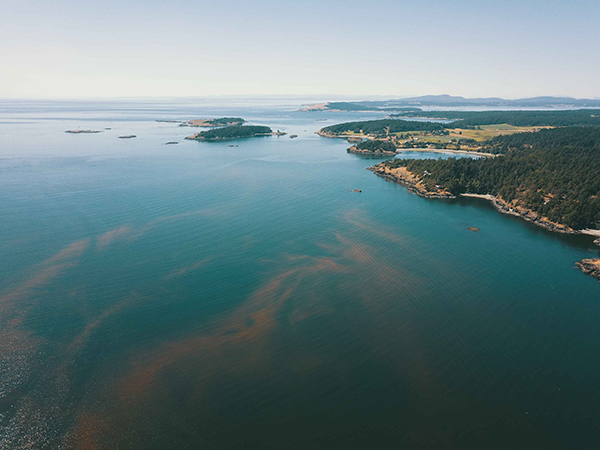
Intelligence
Can technology protect salmon farms from harmful algal blooms?
Salmon farms are vulnerable to the impacts of harmful algal blooms. Scotland's aquaculture industry is embracing technology as a solution.
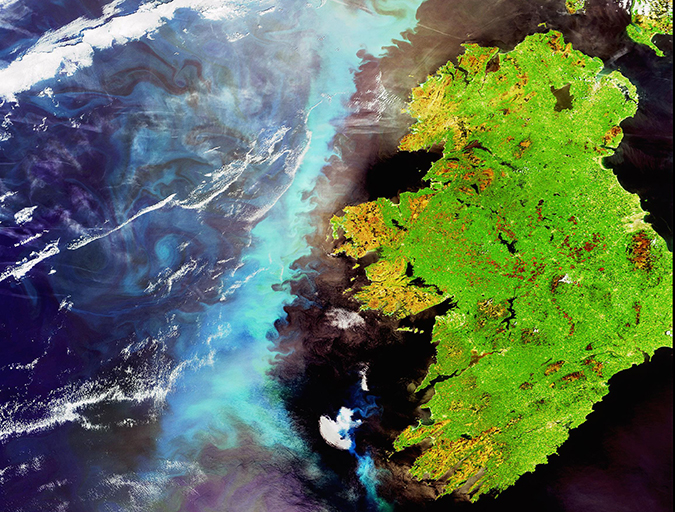
Innovation & Investment
Eye in the sky: Europe employs satellites to advance aquaculture
Copernicus – the European Space Agency’s €4.3 billion Earth Observation System – holds potential benefits for fisheries and aquaculture. The SAFI project is approaching the aquaculture sector about harnessing, and montetizing, this unique service from up above.



